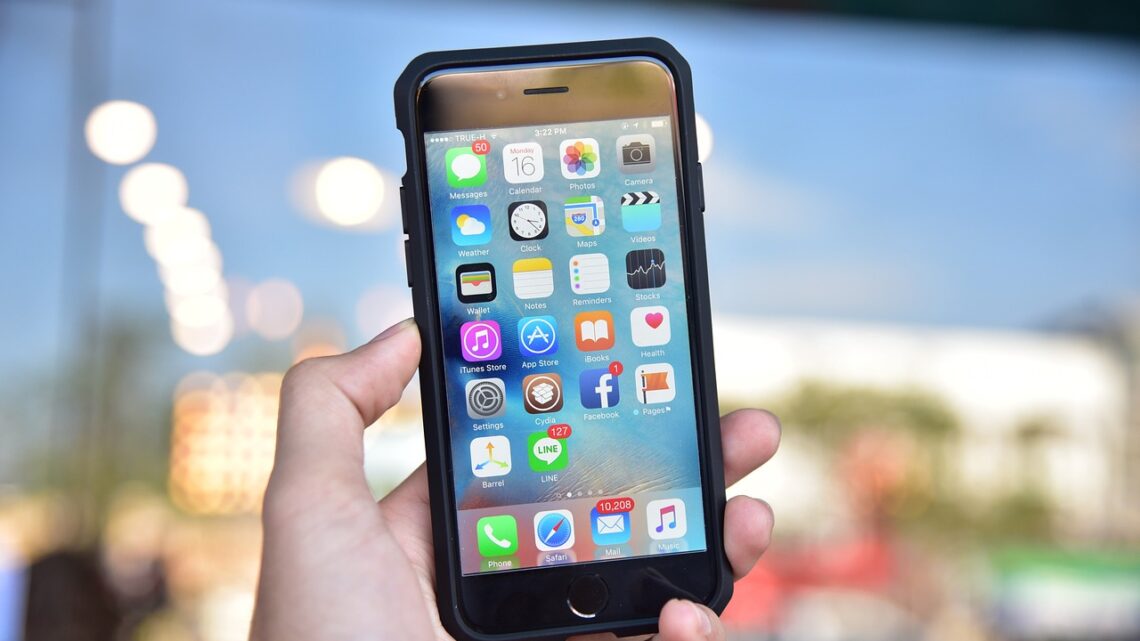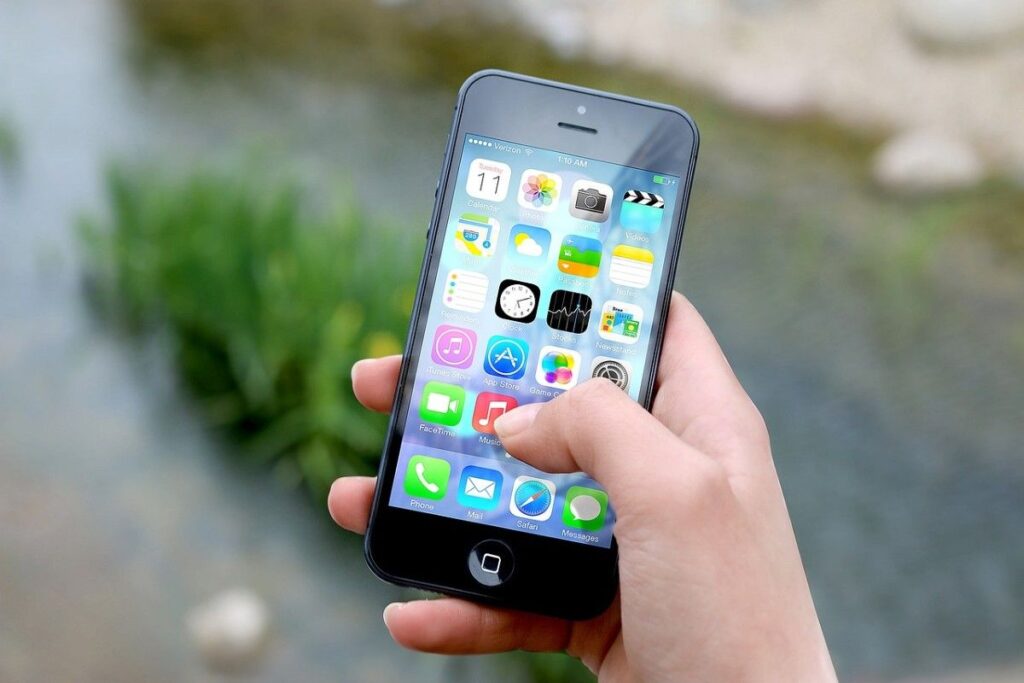
Top 10 Common iOS 17.5 Bugs and How to Fix Them
May 26, 2024iOS 17.5, like any major update, brings a wealth of new features and improvements to enhance the user experience. However, it’s not without its share of bugs and issues. Many iPhone users have reported encountering various problems post-update, which can be frustrating. This guide aims to help you navigate these common bugs, offering practical solutions to ensure your device runs smoothly.
Table of Contents
How to Fix the Common iOS 17.5 Bugs

Battery Drain Issues
One of the most common complaints following the iOS 17.5 update is significant battery drain. Users have noticed their battery percentages plummeting much faster than before, even with minimal usage. This can be attributed to several factors, including background activities of newly updated apps and system processes that may not yet be optimized.
To mitigate this issue, start by checking which apps are consuming the most battery. Go to Settings > Battery to see a detailed breakdown. Disable Background App Refresh for apps that don’t need constant updates (Settings > General > Background App Refresh). Additionally, lowering screen brightness and turning off unnecessary location services (Settings > Privacy > Location Services) can also help conserve battery life. If the problem persists, consider resetting all settings (Settings > General > Reset > Reset All Settings) as a last resort, but remember this will not delete your data.
App Crashes
Another prevalent issue with iOS 17.5 is the frequent crashing of apps. This can severely disrupt productivity, especially if the apps crashing are ones you rely on daily. This issue often stems from compatibility problems between the updated iOS and apps that haven’t yet received updates from their developers.
To fix these issues, ensure all your apps are updated to their latest versions, as developers frequently release updates to address compatibility issues with new iOS versions. You can update apps via the App Store by going to your profile and selecting ‘Update All’. If an app continues to crash, try deleting and reinstalling it. For apps that store personal data, make sure you back up any necessary information before reinstalling.
Wi-Fi Connectivity Problems
Post-update, many users find their Wi-Fi connection unreliable, with frequent drops or inability to connect to known networks. This can be particularly inconvenient if you rely on a stable internet connection for work or streaming.
To fix this, begin by resetting your network settings (Settings > General > Reset > Reset Network Settings). Note that this will erase your saved Wi-Fi passwords, so make sure you have them handy. After the reset, reconnect to your Wi-Fi network. If issues persist, try forgetting the Wi-Fi network (Settings > Wi-Fi, tap on the network name, and select ‘Forget This Network’) and reconnecting. Restarting your router and iPhone can also help resolve these issues.
Bluetooth Connectivity Issues
Bluetooth problems are another common post-update issue, with users experiencing difficulties connecting to or maintaining connections with Bluetooth devices like headphones, speakers, and car systems.
To resolve this, go to Settings > Bluetooth, and toggle Bluetooth off and back on. Forget the problematic device by tapping the ‘i’ next to the device name and selecting ‘Forget This Device’, then try reconnecting. Ensure your Bluetooth device has the latest firmware updates. If the issue remains, resetting network settings (as described above) can also address Bluetooth problems.
Performance Slowdowns
Some users report that their iPhones feel sluggish after installing iOS 17.5. This slowdown can affect everything from app launching speeds to general navigation, reducing the overall user experience.
First, check your storage. A nearly full storage can significantly slow down your device. Go to Settings > General > iPhone Storage to see how much space is available and delete unnecessary files or apps. Closing background apps can also help; swipe up from the bottom of the screen and swipe away apps you aren’t using. If these steps don’t improve performance, consider performing a hard reset by holding the power and volume down buttons until you see the Apple logo.

Touchscreen Responsiveness
Issues with touchscreen responsiveness can make it difficult to interact with your device, leading to a frustrating experience. This issue often arises from software glitches or debris on the screen.
Clean your screen with a soft, lint-free cloth to ensure no debris is interfering with touch sensitivity. Next, restart your iPhone to refresh the system. If the problem persists, go to Settings > Accessibility > Touch and adjust the settings to improve responsiveness. In severe cases, resetting all settings (Settings > General > Reset > Reset All Settings) may resolve the issue without deleting your data.
Audio Issues
Audio problems, such as no sound, distorted sound, or issues with volume control, are commonly reported after iOS updates. These can affect phone calls, media playback, and alerts.
To fix this, start by checking if your device is in Silent Mode (the switch on the side of your iPhone) and ensure the volume is turned up. Go to Settings > Sounds & Haptics and adjust the settings as needed. Restart your device to see if the issue resolves. If the problem occurs with specific apps, make sure those apps are updated. Testing with different headphones or speakers can help determine if the issue is with the device or the external hardware.
Notifications Not Working
Notifications are essential for staying up to date with messages, emails, and app alerts. Some users have reported issues with receiving notifications post-update.
Verify your notification settings by going to Settings > Notifications and ensuring notifications are enabled for the affected apps. Update all your apps to the latest versions. If notifications are still not working, try resetting all settings (Settings > General > Reset > Reset All Settings) to refresh your notification preferences without losing data.
Overheating
Overheating issues can be alarming, as they may affect your device’s performance and battery health. This problem is often observed during heavy usage or while charging.
Avoid using your iPhone while charging, and remove any cases that might insulate heat. Manage your usage by closing intensive apps and avoiding prolonged gaming or streaming. If overheating continues, check for rogue apps consuming excessive resources by going to Settings > Battery and observing the battery usage by each app. In extreme cases, a complete software restore via iTunes or Finder might be necessary.

Reappearing Deleted Photos and Voicemails
One of the biggest iOS 17.5 issues, if not the biggest, is the issue of reappearing photos that have been previously and permanently deleted by the user. Some users were saying that really old photos from like 2010 were popping up again. And it wasn’t just photos, apparently deleted voicemails were making a comeback too.
Recently, Apple has rolled out iOS 17.5.1 to serve as a fix for the problem. Apple claims the fix is for “a rare issue where photos that experienced database corruption could reappear in the Photos library even if they were deleted.” It’s important to note that, this version of iOS is not a major software update – just an unnamed “important bug fixes”. Therefore, since it has some bug fixes, it’s definitely worth downloading, especially if you’ve been dealing with that annoying reappearing photos glitch.
By addressing these common iOS 17.5 bugs, you can enhance your device’s performance and usability. Regular updates from Apple often include bug fixes, so keeping your device updated is crucial. If you found this guide helpful, consider subscribing to our newsletter for more iOS tips and updates.
FAQs
Why is my iPhone’s battery draining so quickly after updating to iOS 17.5?
iOS 17.5 may introduce new features that consume more battery. Adjust settings, disable background app refresh, and check battery usage for optimal performance.
How can I fix app crashes on iOS 17.5?
Ensure your apps are updated, clear cache if possible, and consider reinstalling apps that frequently crash.
Why can’t I connect to Wi-Fi after updating to iOS 17.5?
Reset your network settings, forget and reconnect to Wi-Fi networks, and restart your device to resolve connectivity issues.
What should I do if my device overheats?
Manage your usage, remove the case while charging, and keep the device out of direct sunlight to avoid overheating.
How do I fix my iPhone’s camera issues on iOS 17.5?
Update the camera app, clear the cache, and restart your device to resolve camera-related problems.



